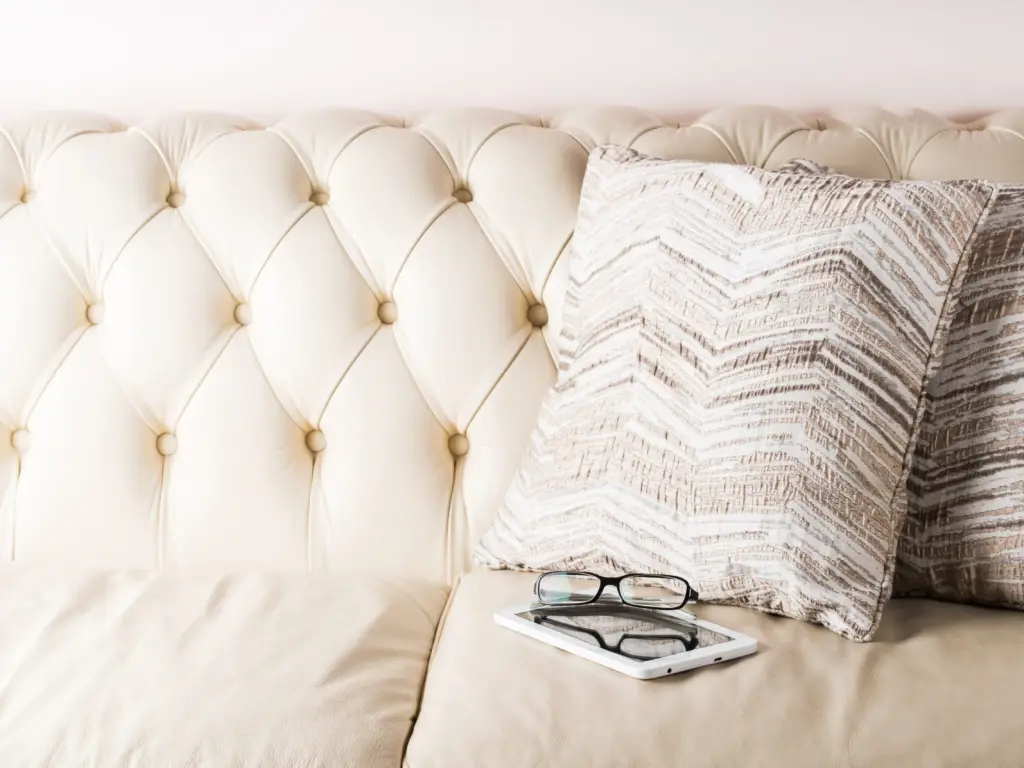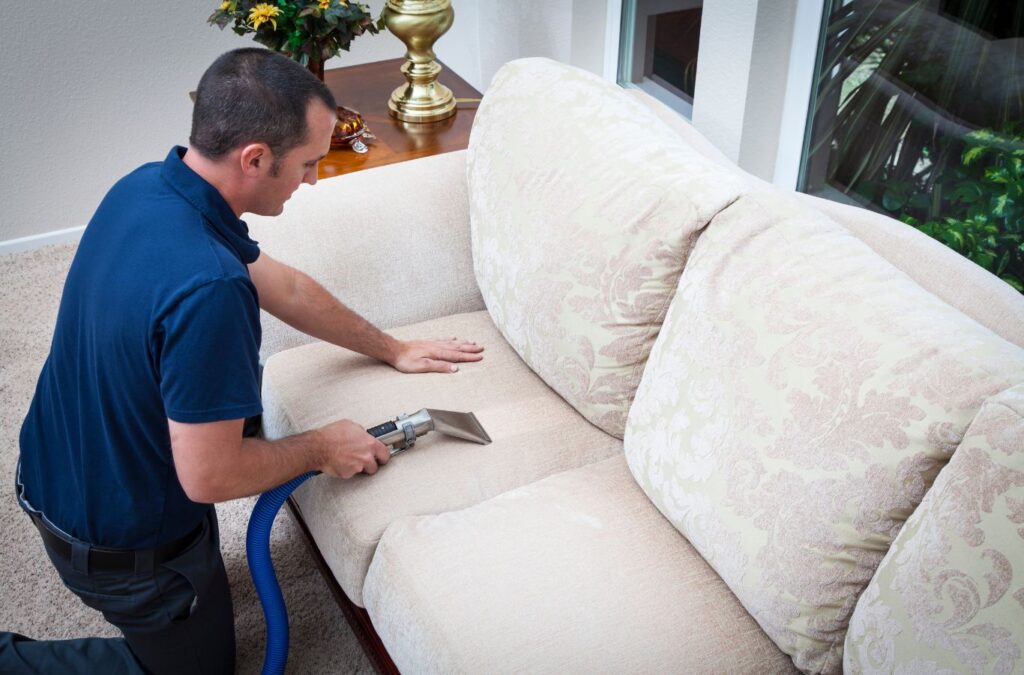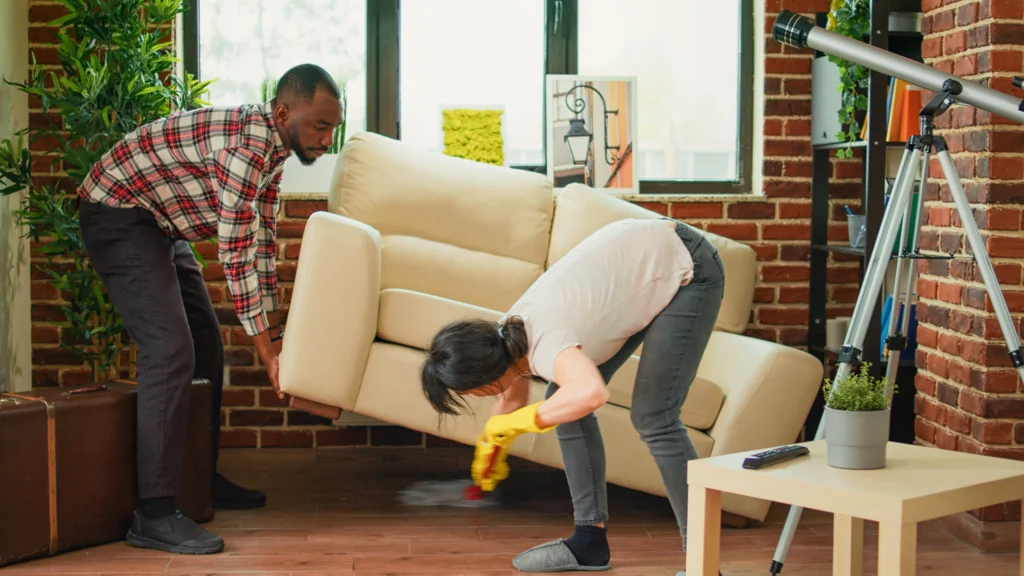Upholstery foam is the backbone of any comfortable piece of furniture. Whether you’re refurbishing a vintage chair, building custom cushions for an RV, or replacing worn-out padding on your couch, cutting foam correctly makes all the difference in the final appearance and feel. In Northeast Ohio, where Green and Clean Home Services helps homeowners maintain everything from carpets to ventilation systems, the demand for DIY furniture refreshes continues to grow. Knowing how to cut upholstery foam efficiently and accurately can elevate your project and prolong the life of your furniture.
From Lake County to Medina County, many residents take pride in DIY home improvements. But poorly cut foam can lead to lumpy cushions, uneven seating, or wasted material. This guide will walk you through techniques and professional tips for precise cuts—so you can skip the frustration and achieve clean, seamless results.

Selecting the Right Foam for Your Project
Before you make the first cut, it’s critical to select the correct type of upholstery foam for your needs. Foam density and firmness determine not just comfort, but also how well the foam holds its shape over time. High-density foam, often used for sofa cushions, resists sagging and provides a firmer feel, while low-density foam is suitable for backrests and decorative applications.
You can find upholstery foam at craft stores or through local upholstery suppliers. Make sure to check the compression rating (ILD—Indentation Load Deflection) and choose a thickness that matches the depth of your existing furniture. Foam is often sold in sheets, but some suppliers will custom-cut for you if you know your measurements.
Tools You’ll Need to Cut Upholstery Foam
Cutting upholstery foam isn’t like cutting fabric or wood—it requires sharp, precise tools that won’t tear or crush the foam. While it’s possible to use a bread knife or electric carving knife for thinner pieces, professionals prefer:
- Electric carving knives: Great for straight lines on medium-density foam.
- Foam saws or hot wire cutters: These are more expensive but offer excellent control, especially for thicker or intricate shapes.
- Utility knives with new blades: Ideal for small adjustments and trims.
Make sure to always cut on a flat surface with plenty of space. Use clamps to hold foam in place if needed, and always wear safety glasses when using power tools.

Measuring and Marking for Accuracy
Precise measurements are the foundation of a successful upholstery project. Use a yardstick or metal ruler along with a fine-tip permanent marker to draw your cut lines. A mistake of even half an inch can result in uneven or unusable foam.
It’s smart to create a cardboard or paper template, especially for curved or angled pieces. This ensures symmetry and gives you a practice run before cutting the foam directly.
For best results, cut just outside your marked line. Foam tends to compress slightly during cutting, and trimming afterward allows for cleaner edges.
Techniques for Cutting Upholstery Foam Cleanly
The actual cutting method will depend on your tools and the thickness of the foam. For foam up to 2 inches thick, a sharp utility knife works well if you cut in several shallow passes instead of one deep cut. Always pull the knife toward you slowly and evenly.
For thicker foam—anything over 3 inches—an electric carving knife will glide through more easily. Hold the foam steady and let the blade do the work. Don’t force the cut, as that can tear the foam or create jagged edges.
When working with complex shapes or curves, cut slowly and rotate the foam as needed to maintain control. Keep your hands clear of the blade and take breaks if needed to prevent fatigue.

Smoothing the Edges for a Professional Look
After cutting, you may notice rough or uneven edges. These can be sanded down using fine-grit sandpaper or a sanding block. Another technique involves lightly heating the edges with a heat gun to slightly melt the foam and round out imperfections.
Smooth edges are particularly important if you’re using thinner upholstery fabrics, which can reveal bumps underneath. Before applying fabric, inspect all sides of the foam and make adjustments to ensure a snug, even fit.
According to a detailed tutorial by This Old House, even minor irregularities in foam shape can make upholstery fabric appear wrinkled or misaligned, so taking the time to fine-tune your cuts is worth the effort.
Adhesives and Layering Foam
If your project involves layering foam—such as adding a memory foam topper to a seat cushion—you’ll need to bond the layers securely. Use a spray adhesive formulated for foam, and apply it in a well-ventilated area. Press the layers together firmly and allow them to cure fully before shaping or covering.
Never use hot glue or construction adhesive on foam, as these can melt the material or off-gas harmful fumes. The EPA’s guide on indoor air quality emphasizes the importance of safe material use in indoor environments, especially for projects involving synthetic materials like foam.

Common Mistakes to Avoid
Cutting upholstery foam is deceptively tricky. Some common missteps include:
- Using dull blades: These tear the foam rather than slice it.
- Cutting too quickly: Rushing leads to uneven edges and mistakes.
- Ignoring safety: Always cut away from your body and use protective equipment when necessary.
Additionally, avoid compressing the foam too tightly while cutting. This can lead to inaccurate sizing once the foam expands again. Always allow foam to “breathe” before and after cutting, especially if it was vacuum-packed during shipping.
Why DIY Upholstery Projects Are On the Rise in Ohio
In recent years, more residents in Portage, Geauga, and Summit counties have taken on DIY upholstery as a way to save money and customize their interiors. With professional guidance available through services like Green and Clean Home Services, homeowners are combining self-reliance with local expertise.
Foam cutting is a foundational skill that supports a wide range of home projects—from patio seating to window cushions and headboards. By mastering the basics, homeowners not only enhance comfort but also extend the life of furniture that might otherwise be discarded.

When to Call in the Pros
Some upholstery jobs require more than a careful hand. If you’re dealing with antique furniture, complicated shapes, or multiple foam types, a professional upholsterer or cleaning expert can step in. Green and Clean Home Services offers upholstery support alongside air duct and carpet cleaning, making them a trusted resource throughout Northeast Ohio.
Their local knowledge and tailored service can help you make smart material choices and achieve long-lasting results—without wasting foam or fabric.
Conclusion
Cutting upholstery foam doesn’t have to be intimidating. With the right tools, accurate measurements, and careful technique, you can transform your furniture with clean, professional-grade cuts. From Geauga to Cuyahoga County, DIYers across Ohio are discovering that upholstery projects are not only rewarding but cost-effective.
If you’re starting a project and need help selecting or cutting foam—or if you want to ensure your upholstery stays clean and durable—consider reaching out to Green and Clean Home Services. Whether you’re restoring a family heirloom or upgrading your living room, a great cut is the first step toward comfort and style.


